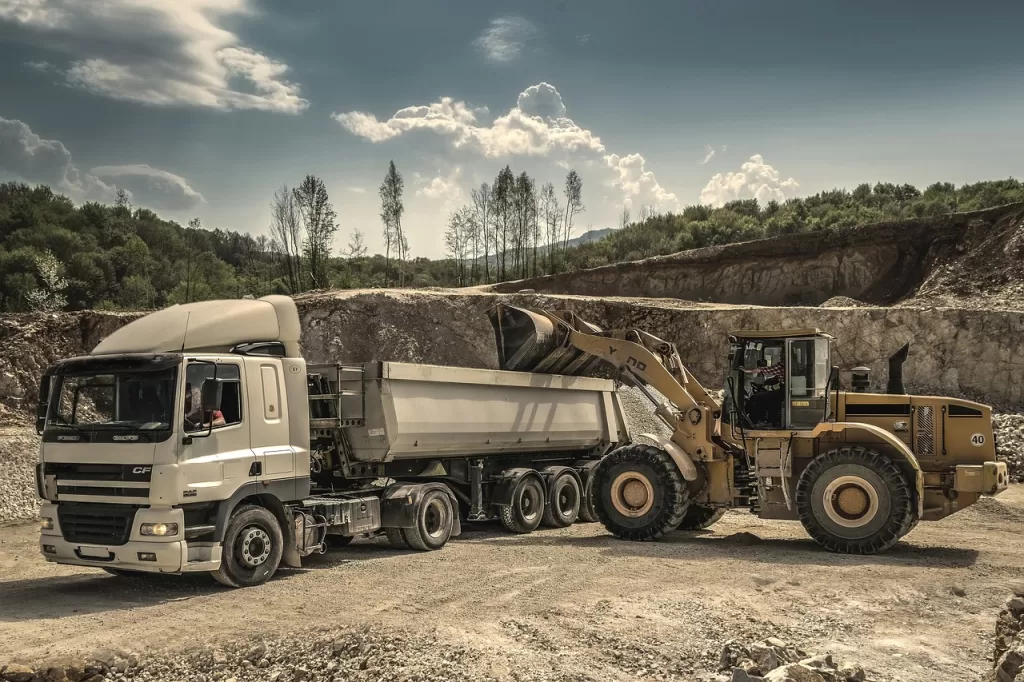Soil stabilization is a fundamental process in construction, ensuring the longevity and stability of structures by enhancing soil properties. Over the years, various stabilization techniques have been developed, each designed to address specific soil conditions and project requirements. As civil engineering advances, integrating traditional and modern stabilization methods presents an opportunity to achieve more sustainable, efficient, and resilient construction solutions.
In-Situ Stabilization: Strengthening Soil On-Site
In-situ stabilization enhances soil directly at the construction site by injecting stabilizing agents such as cement, lime, or other binders without requiring excavation or relocation. This method is crucial for both deep and shallow foundations and is particularly effective in stabilizing contaminated sites. Proper mix design planning is essential to ensure that the treated soil meets the required stability and settlement criteria for the intended structure (Keller Inc.).
One notable advancement in in-situ stabilization is the Deep Mixing Method which is particularly useful for deep soil stabilization. This technique involves injecting wet or dry binders into the ground and mixing them with soft soils using mechanical or rotary tools. The stabilized soil mass blends with the natural soil enhancing load distribution and improving overall ground stability (EuroSoilStab, 2002). The method can be applied in various patterns—single, block panel, or grid—ensuring a cohesive interaction between the stabilized and natural soil.
Ex-Situ Stabilization: Treating and Relocating Soil
Unlike in-situ stabilization, ex-situ stabilization involves removing soil from its original location for treatment before reuse or disposal. This method is frequently employed in dredging operations to maintain navigational channels or to remediate contaminated sediments (US EPA, 2004). The extracted soils are processed at Confined Disposal Facilities (CDFs) before being repurposed or disposed of at designated sites.
Several key factors must be considered when planning ex-situ stabilization, including soil removal methods, transportation logistics, treatment processes and disposal or reuse requirements (Miller & Miller, 2007; PIANC, 2009). The versatility of ex-situ stabilization allows for tailored treatment strategies that address the unique geotechnical challenges of different soil types.
Innovative Soil Stabilization Techniques
As construction demands evolve, new soil stabilization techniques continue to emerge, offering enhanced soil strength, erosion control, and improved drainage. Some of the most innovative approaches include:
- Polymers – These synthetic compounds improve soil cohesion, making them particularly useful for stabilizing weak or expansive soils.
- Electrokinetic Stabilization – By applying electrical currents, ions are transported through the soil to enhance its strength and stability.
- Geosynthetics – Materials such as geotextiles and geogrids reinforce soil structures, providing additional stability and drainage control.
Biological Soil Stabilization: Harnessing Nature’s Power
Biological soil stabilization leverages microorganisms and vegetation to enhance soil properties. While microbial-based methods are still being explored, vegetation-based stabilization is widely employed to reduce soil erosion and improve stability. The root systems of plants influence both the physical and chemical properties of soil, reinforcing the ground while supporting local ecosystems. This technique represents a harmonious blend of engineering and nature, promoting environmental sustainability while enhancing soil resilience.
Nanotechnology: The Future of Soil Stabilization
Nanotechnology is revolutionizing soil stabilization by modifying soil properties at a microscopic level. The introduction of nano-scale materials significantly enhances soil strength, durability, and plasticity. Research has demonstrated that adding just 1% nano-soil can double the compressive strength of natural soil, improving its geotechnical properties and paving the way for more resilient and sustainable construction solutions.
Conclusion
Soil stabilization is an ever-evolving field that seamlessly integrates traditional practices with cutting-edge innovations. As research progresses and technology advances, engineers will continue to develop more efficient, sustainable, and cost-effective stabilization techniques. Whether through in-situ treatment, ex-situ processing, biological reinforcement, or nanotechnology, soil stabilization remains a cornerstone of modern civil engineering, ensuring the longevity and reliability of infrastructure worldwide. By embracing these advancements, the construction industry can build stronger, more resilient foundations for the future.
